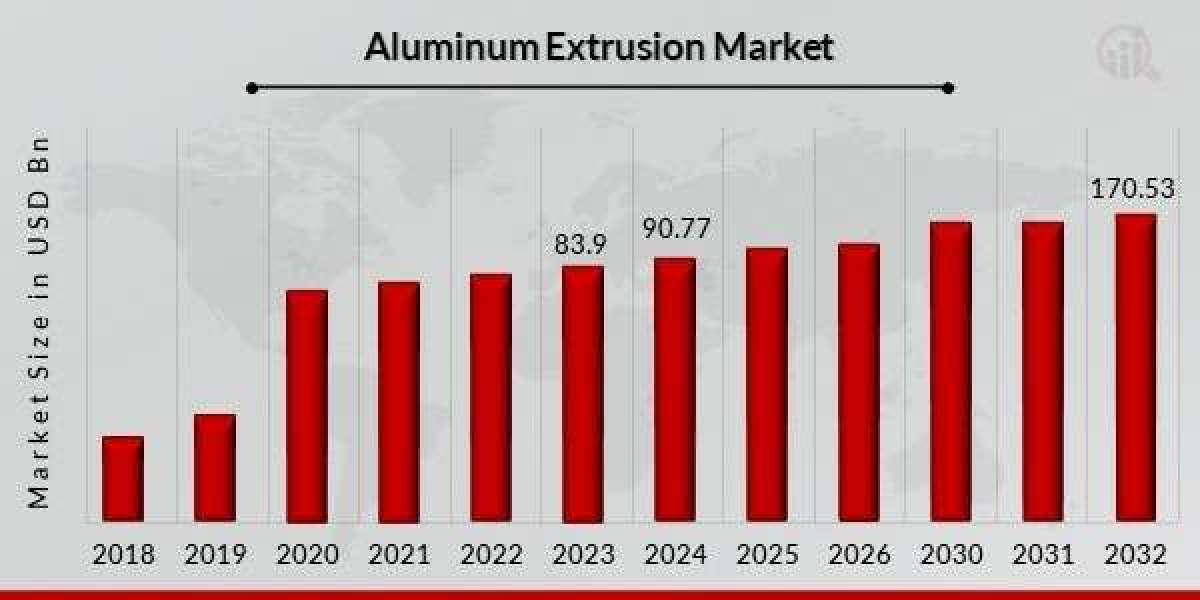The aluminum extrusion market has grown into a pivotal segment of the global metals and manufacturing industry. With increasing demand across automotive, construction, electronics, aerospace, and energy sectors, aluminum extrusion is no longer just a process—it has become an essential driver of innovation, efficiency, and sustainability. This surge in market momentum is shaped by the inherent properties of aluminum and the technological advancements that have revolutionized how it is shaped, used, and adapted.
Aluminum extrusion is the process of transforming aluminum alloy into objects with a definitive cross-sectional profile for various applications. This is achieved by forcing the aluminum through a die of the desired shape. The result is a product that is lightweight, strong, corrosion-resistant, and easily recyclable—attributes that make aluminum extrusions a preferred choice for multiple industries. These properties, along with the evolving design requirements of modern infrastructure and machinery, have placed aluminum extrusion at the forefront of material selection.
One of the most significant contributors to the expansion of the aluminum extrusion market is the construction industry. Extruded aluminum is widely used in window frames, curtain walls, structural components, doors, and roofing systems. Its ability to withstand harsh weather conditions, coupled with its structural strength, makes it ideal for both residential and commercial buildings. Moreover, architects and engineers favor aluminum extrusions for their flexibility in design and their contribution to energy-efficient structures.
The automotive sector is another dominant force in shaping the aluminum extrusion market. As the industry strives to reduce vehicle weight to meet fuel efficiency standards and lower emissions, aluminum has become an attractive alternative to steel. Extrusions are used in chassis, crash management systems, door beams, battery enclosures for electric vehicles, and more. The rising popularity of electric and hybrid vehicles has further accelerated demand, as lighter vehicles allow for extended battery life and improved range.
Aerospace, though more niche, is a high-value sector that utilizes aluminum extrusions for their strength-to-weight ratio. Aircraft components such as fuselage frames, seat tracks, and cargo handling systems benefit from the light yet durable nature of aluminum. With air travel recovering and new aircraft development programs underway globally, the demand for precision-engineered extrusions in aerospace applications is steadily increasing.
In the energy and electrical industries, aluminum extrusion finds applications in solar panel frames, heat sinks, LED housings, and cable management systems. As the world transitions toward sustainable energy solutions, the requirement for durable and efficient materials grows. Aluminum, being 100% recyclable without losing its properties, fits well into the circular economy models being adopted by many energy companies. In addition, the excellent thermal and electrical conductivity of aluminum enhances its role in this segment.
Technological innovations have significantly impacted the aluminum extrusion process itself. Computer-aided die design, automation, and precision control systems have improved the efficiency, accuracy, and consistency of extrusions. These advancements have also enabled manufacturers to cater to highly complex designs and tight tolerances required in modern applications. Customized profiles with superior surface finishes are now more accessible, which in turn opens doors for new product development in consumer goods and electronics.
Sustainability is a major pillar supporting the growth of the aluminum extrusion market. As environmental regulations tighten worldwide, the industry is responding with greener practices. Recycled aluminum, often referred to as secondary aluminum, requires only about 5% of the energy needed to produce primary aluminum. This not only reduces carbon emissions but also significantly cuts operational costs, making recycling an attractive and eco-friendly alternative. Many manufacturers are now incorporating a high percentage of recycled content in their extrusion products, aligning with global environmental goals and consumer preferences.
Asia-Pacific holds a commanding share of the aluminum extrusion market, driven primarily by massive infrastructure development in countries like China, India, and Southeast Asia. Government investments in transportation networks, urban housing, renewable energy, and industrial expansion have resulted in sustained demand. In parallel, North America and Europe are seeing steady growth, bolstered by innovation, high-end manufacturing, and strict emission norms. The Middle East and Africa, although smaller in comparison, are emerging markets with increasing consumption of aluminum in construction and transportation projects.
Challenges do exist in the aluminum extrusion industry, such as fluctuating raw material prices, energy-intensive production processes, and trade tensions affecting global supply chains. However, the ongoing improvements in manufacturing efficiency, die life management, and alloy development are helping to offset these pressures. Collaborative efforts among industry players to standardize extrusion practices and develop next-gen alloys are also paving the way for a more robust and resilient market landscape.



